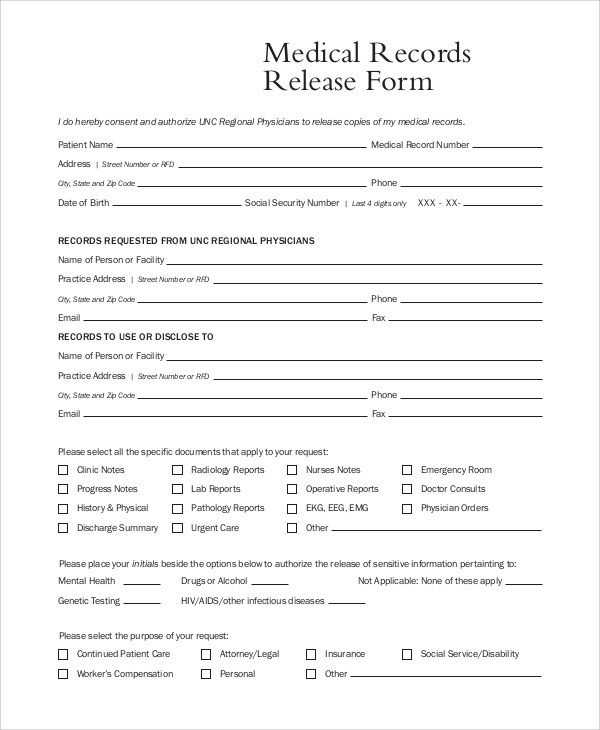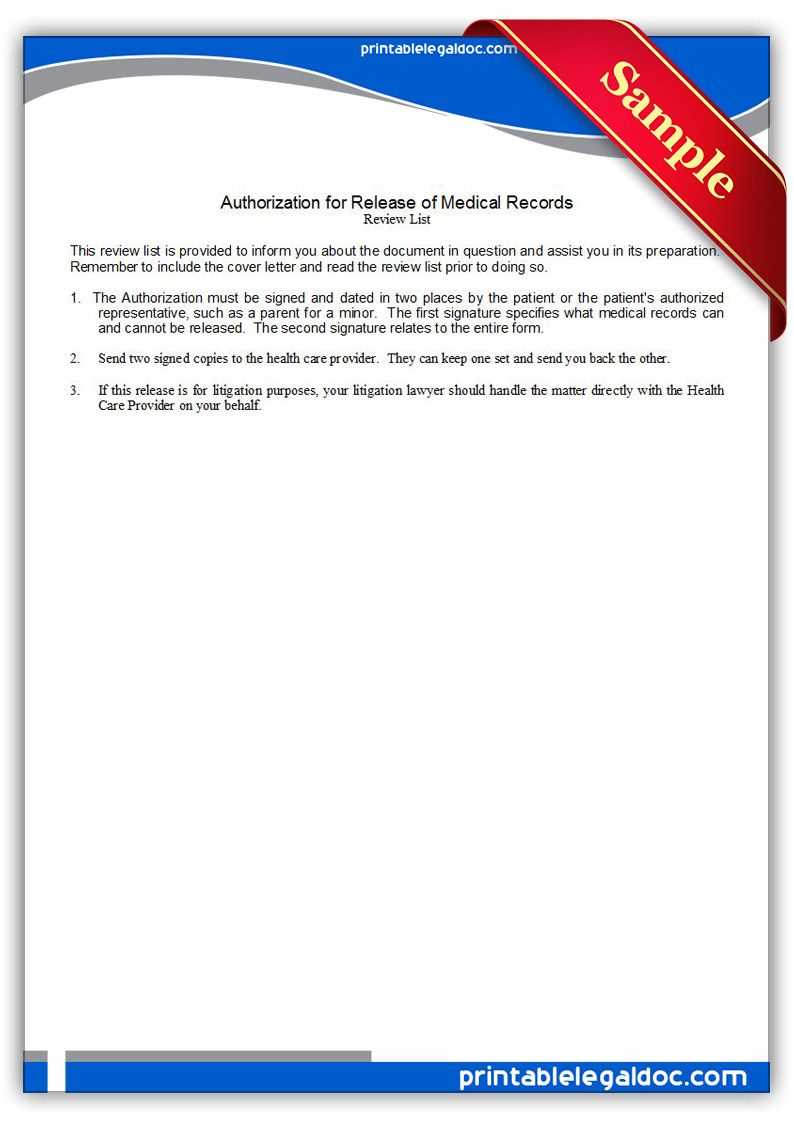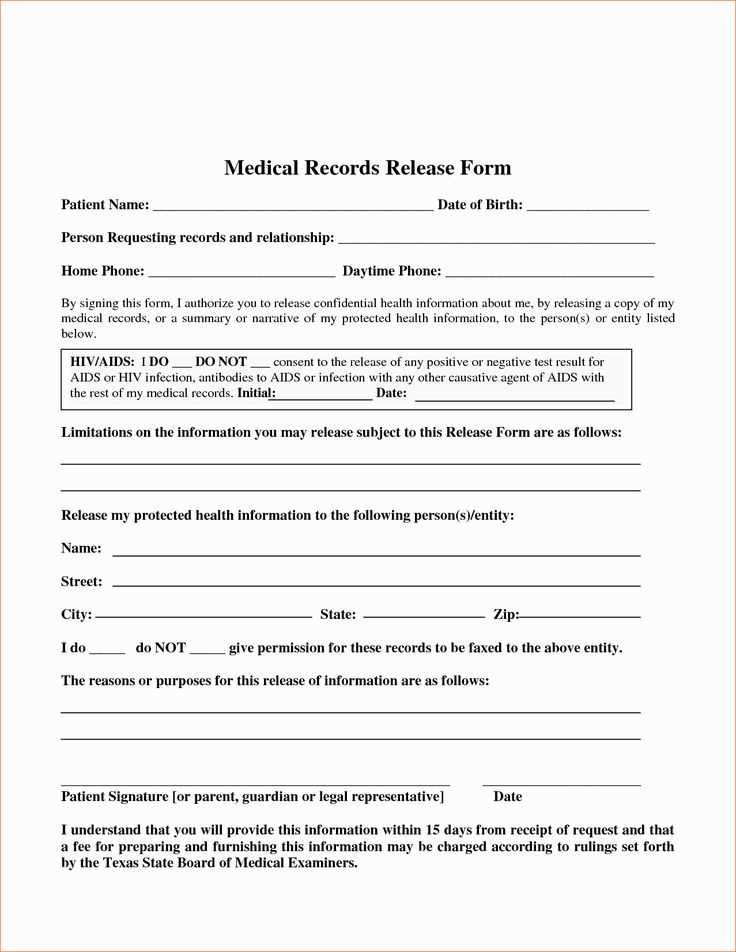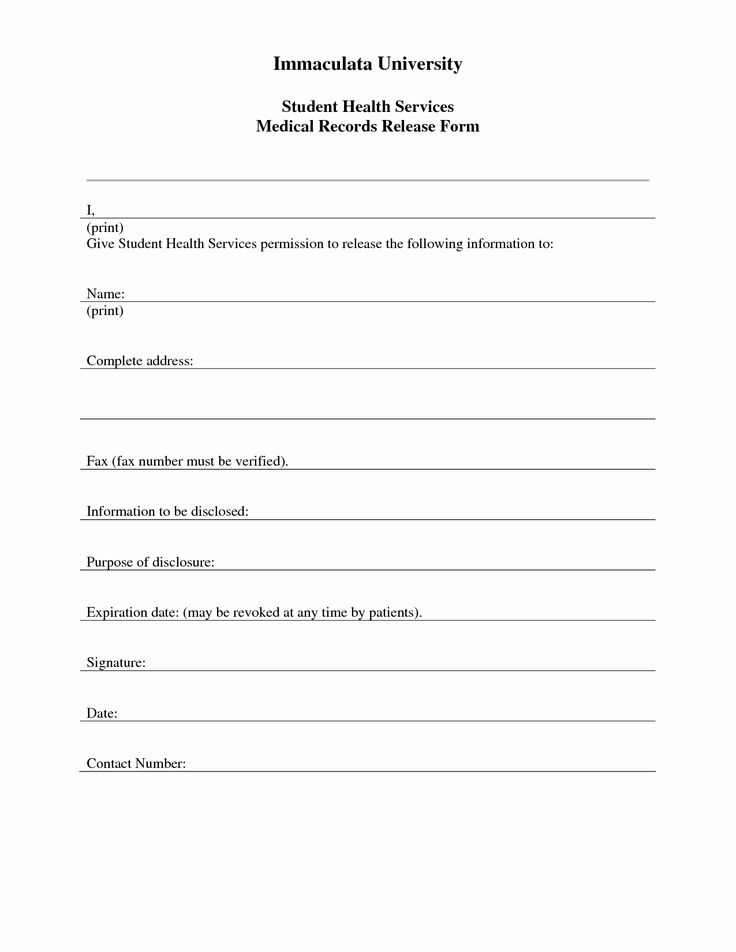Request for Medical Records Letter Template Guide

When you need to access personal health details from a healthcare provider, it is important to follow the correct process to ensure that your request is handled efficiently and legally. There are specific steps to take in order to submit a formal inquiry, whether for personal records or for a third-party review. This process involves composing a professional communication, detailing what information you require, and following specific guidelines set by the institution you are contacting.
Essentials for Crafting a Formal Inquiry

To make your inquiry clear and effective, it’s important to include essential elements. Start by stating your full name, date of birth, and any other identifiers the institution uses. Be precise about the type of information you’re seeking. Specify the dates or time periods of the records you need to avoid any confusion. Additionally, including a signature of consent or authorization may be necessary, especially when the information pertains to a third party.
Key Information to Include
- Your full name and identification details
- The specific details or documents you’re seeking
- Authorization or consent if needed
- Your contact information
- Clear request with any required dates or time frames
Common Pitfalls to Avoid
Many people make mistakes when submitting their inquiry. One of the most frequent errors is failing to include all necessary personal details, making it harder for the provider to locate your information. Another common issue is being vague about the specific documents requested. It’s important to be as clear and detailed as possible to avoid delays or misunderstandings.
How to Ensure Success
Double-check that all required details are included before sending your communication. If you’re unsure about any aspect, it’s always a good idea to call the provider ahead of time to clarify the process. The clearer and more thorough your request, the faster and more accurately you’ll receive the information you need.
How to Request Health Information from a Provider
When you need to access your personal healthcare details, it’s important to know the proper steps and legal guidelines involved. Whether you’re obtaining your own information or requesting it for another purpose, understanding your rights and responsibilities can help ensure the process is smooth and efficient.
Understanding Your Rights to Access Documents
In many regions, individuals have the right to access their personal health data. Providers are required to release this information upon request, subject to certain conditions. It’s crucial to be aware of these rights, as they ensure transparency and help you make informed decisions regarding your care. Familiarize yourself with local laws and regulations to ensure your request is compliant and timely.
Writing a Formal Communication to a Provider

When drafting a formal inquiry, it’s essential to include all necessary details. Specify your full name, date of birth, and any relevant identifiers. Clearly state the type of documents you need and any specific time frames that apply. Additionally, if you are requesting on behalf of someone else, ensure you have the appropriate authorization or consent. Being clear and precise reduces the chances of confusion or delay.
Key Elements of a Comprehensive Inquiry
- Your identification information (name, date of birth, address)
- The exact documents or details you are requesting
- Consent or authorization (if applicable)
- Your contact details and preferred method of receiving the information
- A clear statement of the timeframe or date range for the requested data
Common Pitfalls to Avoid

Many people make mistakes when requesting their health information. These include omitting required details, such as the correct dates, or not being specific enough about the type of documents needed. Another common error is failing to include a valid signature or authorization when requesting on behalf of someone else. Avoiding these issues will speed up the process and help ensure that your request is fulfilled without delays.
Ensuring Clear and Precise Communication
To avoid confusion, be as specific as possible in your request. Double-check that all necessary details are included and that the language used is straightforward. If you’re unsure about any part of the process, don’t hesitate to contact the provider ahead of time for clarification. The more thorough your communication, the quicker and more accurately you’ll receive the information you need.